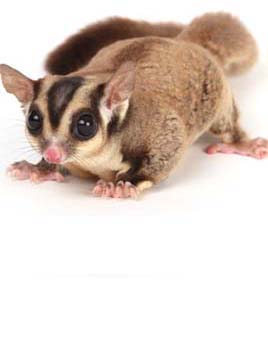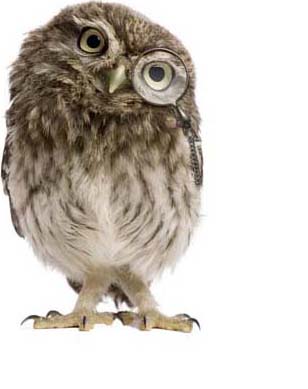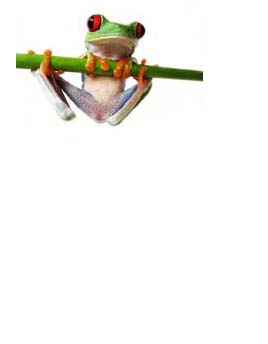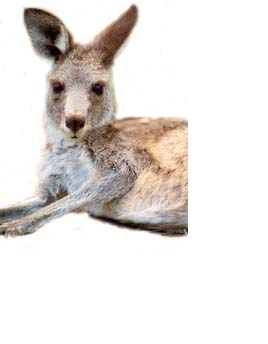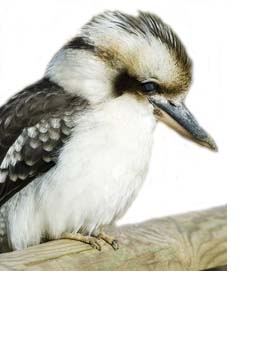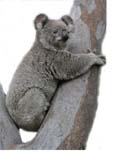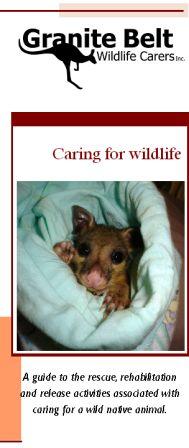|
There are many reasons why someone decides that they would like to care for native animals. For instance they may have cared for native animals in the past, they may have even thought "Well it would be great for the kids, they could help." These reasons are great for setting the seed about what it takes to care for a native animal, but some reasons are better than others when it comes to actually doing it.
We have to remember that utmost and foremost, these animals are wild native animals, not pets! They must be cared for by adults, and returned to the wild to survive. It is the job of the wildlife carer to help them off to a good start.
Native animals come into care because they have either been injured, orphaned or are sick. This means that without human intervention, they would probably die. The limited time humans spend with these animals provides food, shelter and sometimes medication so that the animal reaches a stage where it's able to be released back into the wild.
|
|
|
|
For more information, our Caring for Wildlife Brochure may be downloaded by clicking on the image at right. This brochure takes you through the Rescue, Rehabilitation and Release activities associated with caring for native animals. If, after reading this information you believe you are able to meet the requirements and become a carer, contact details for the Granite Belt Wildlife Carers are on the back.
The Granite Belt Wildlife Carers welcome members who agree to abide by the rules that govern the practice of caring for native animals, and feel they can offer their time to assist them with their cause.
Rescue
The first stage of caring for a native animal is rescuing it in the first place. You may perform the rescue yourself, or the rescue may have been performed by someone else. Either way, the person performing the rescue needs to be equipped with some basic equipment: The rescuer should also have a basic first aid kit handy containing the following: This equipment may be provided if supplies are in stock, but if not, rescuers are asked to provide this equipment themselves. Costs usually equal about $100.
Depending on the animal or the situation, two people may be required to perform the rescue. Once the animal is contained, call the Granite Belt Wildlife Carers Rescue Coordinator on Mob: 0418 144 073 to discuss the next course of action.
The animal may be able to go into care immediately, or it may require veterinary treatment . These details should all be discussed with the rescue coordinator.
|
|
|
|
Rehabilitation
Whilst being rehabilitated, it is the responsibility of the wildlife carer to provide: Depending on the animal and the time of year, shelter can be provided indoors or outdoors. Items required for caring for animals indoors include pouch stands, perches, and indoor cages. Items required for caring for animals outdoors include aviaries, cages, huts, etc. Carers are asked to provide these facilities themselves.
The type of housing provided must provide protection from the threat of feral or domestic animals, other humans that the animal hasn't bonded with, and weather elements such as wind, rain and hot sun.
Unsubsidized food is purchased by the carer. An estimation of food costs are as follows: The carer must be prepared to seek veterinary assistance when required. Unsubsidized veterinary services and medication are costs borne by the carer.
Release
The carer must make arrangements for the animal's eventual release. An animal is deemed ready for release when: As the time comes near to the time of release, the carer needs to minimize the amount of time they associate with the animal and break the bond between animal and carer. The timing for this to happen is crucial. If done too soon, the animal may not have developed all the skills it needs to survive. If done too late, the animal may become too humanized and find it difficult to adapt to the natural environment. This in turn can cause high stress levels.
Releasing an animal is one of the hardest aspects of caring for native animals, hardest for the carer, but hard also for family and friends who might not understand that it's a wild animal that must go back to the wild.
It is up to the carer to be very strong about this point and know that what they are doing is best for the animal and it's chances of survival.
|
||

